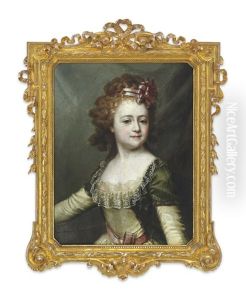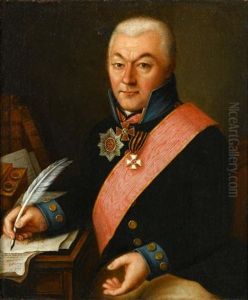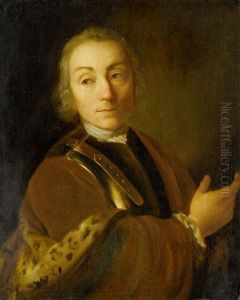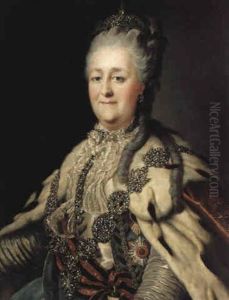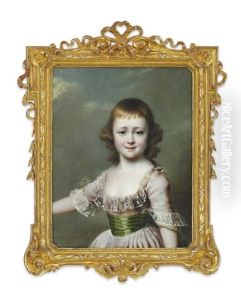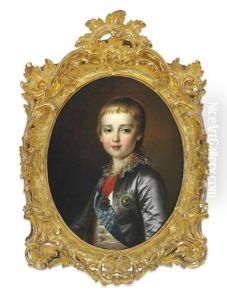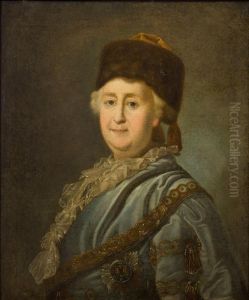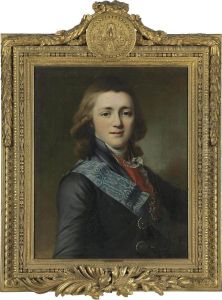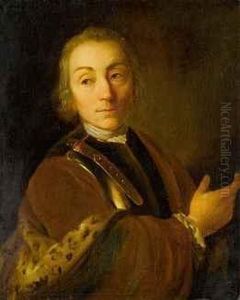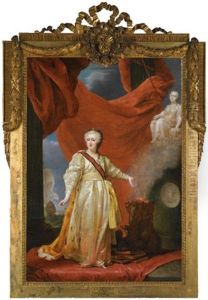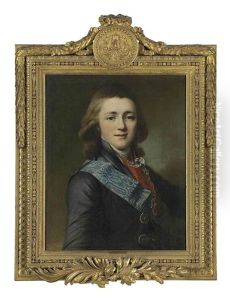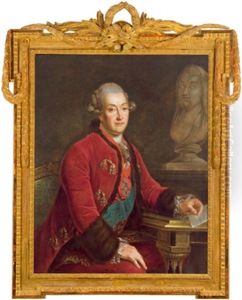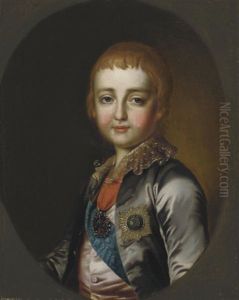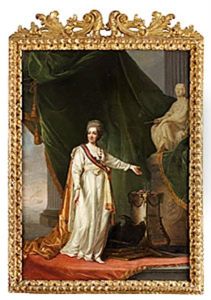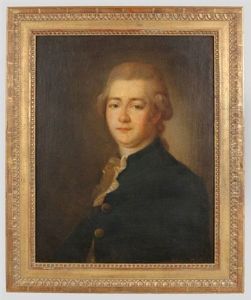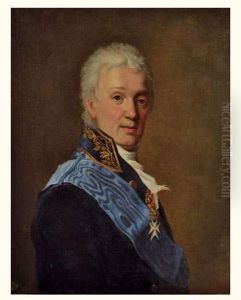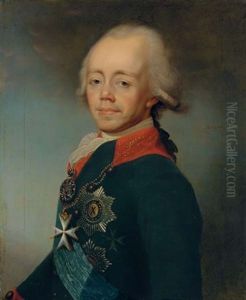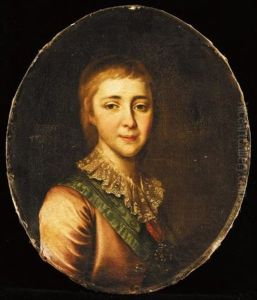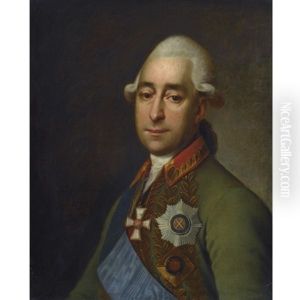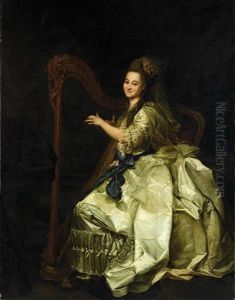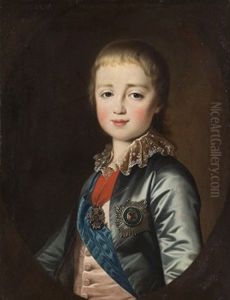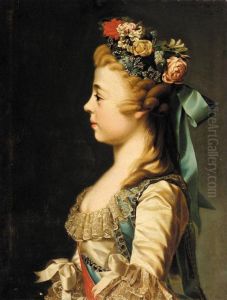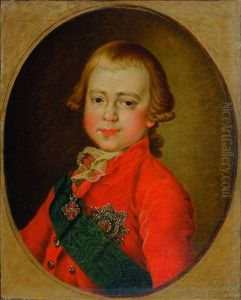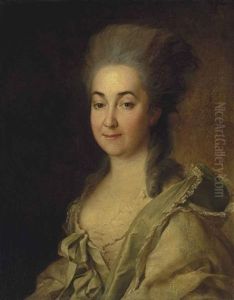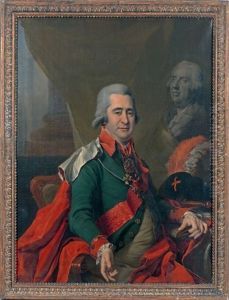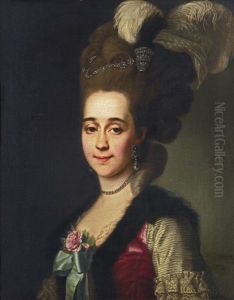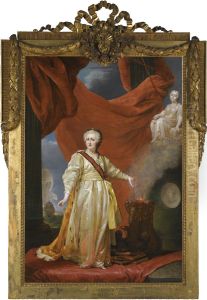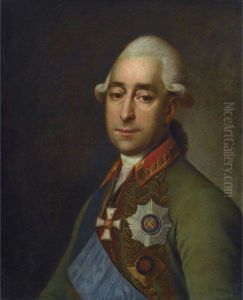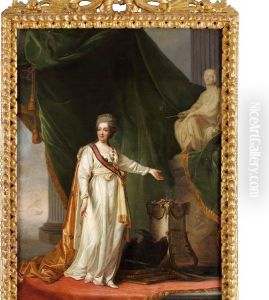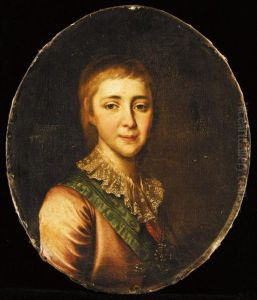Dimitri Gregoriovitc Levitsky Paintings
Dimitri Gregoriovitc Levitsky was a prominent Russian painter of the 18th century, celebrated for his portrait work and contributions to the development of Russian art. Born in Kiev, then part of the Russian Empire, in 1735, Levitsky was the son of a Ukrainian clergyman and the engraver Gregoriy Levitsky, which provided him with an artistic environment from an early age.
Levitsky's early life is somewhat obscure, but it is known that he studied under Alexei Antropov, who was a leading Russian portraitist of the time. Levitsky's own style was heavily influenced by the Baroque styles of Western European art, but he adapted these influences to create his own distinct manner that was both realistic and flattering, a style that resonated with the tastes of the Russian nobility.
In 1769, Levitsky's career was significantly advanced by his participation in the establishment of the Imperial Academy of Arts in St. Petersburg, where he later became a professor. His fame was secured when he was commissioned to paint portraits for the Smolny Institute for Noble Maidens, founded by Catherine the Great. The series of portraits he created for the institute brought him acclaim for their elegance and the insightful depiction of his subjects' characters.
Throughout his career, Levitsky was known for his ability to capture the intellectual and moral qualities of his subjects, often members of the Russian intellectual and political elite. His portraits are marked by their refined color palette, detailed representation of fabrics and textures, and the subtle interplay of light and shadow. Levitsky's work was instrumental in establishing a Russian school of portraiture that would influence generations of artists to come.
Despite his success, Levitsky's later years were marked by financial difficulties and a decline in commissions. He died in poverty in St. Petersburg in 1822. However, his legacy lived on, and today, Levitsky is remembered as one of the greatest Russian portrait painters, with his works held in high esteem in museums and galleries across Russia and beyond.
